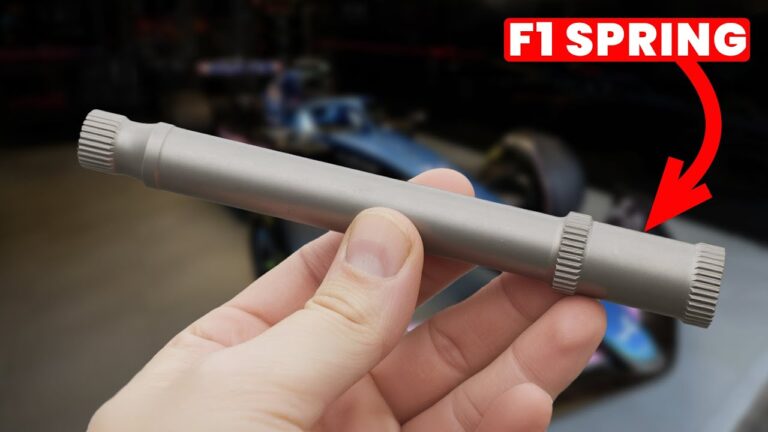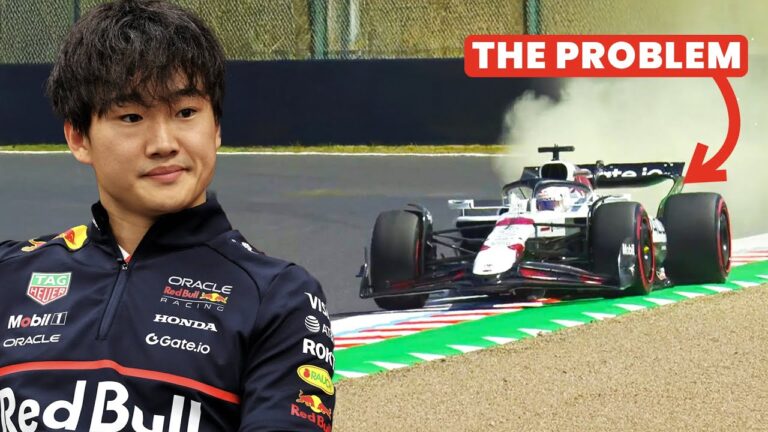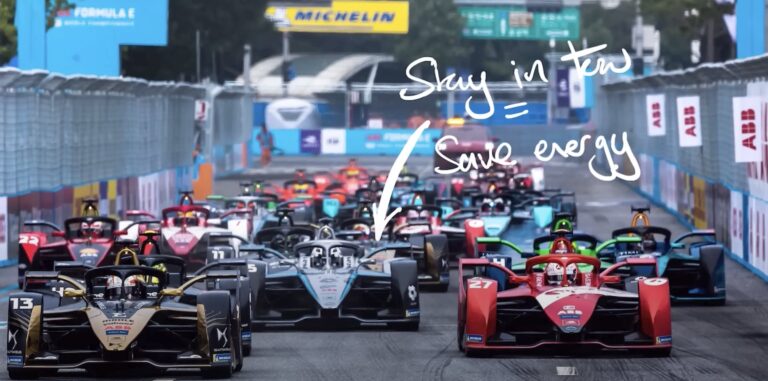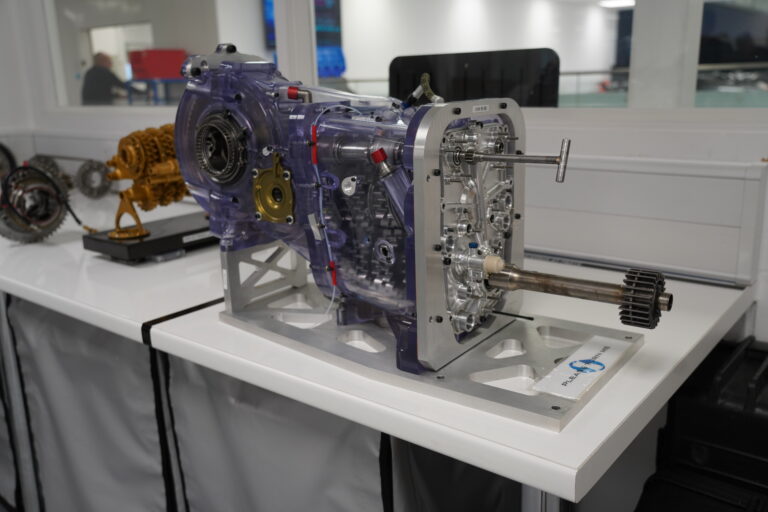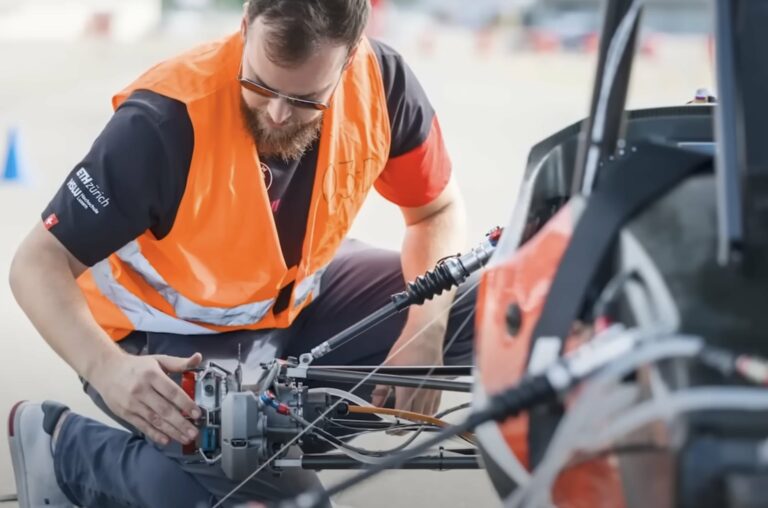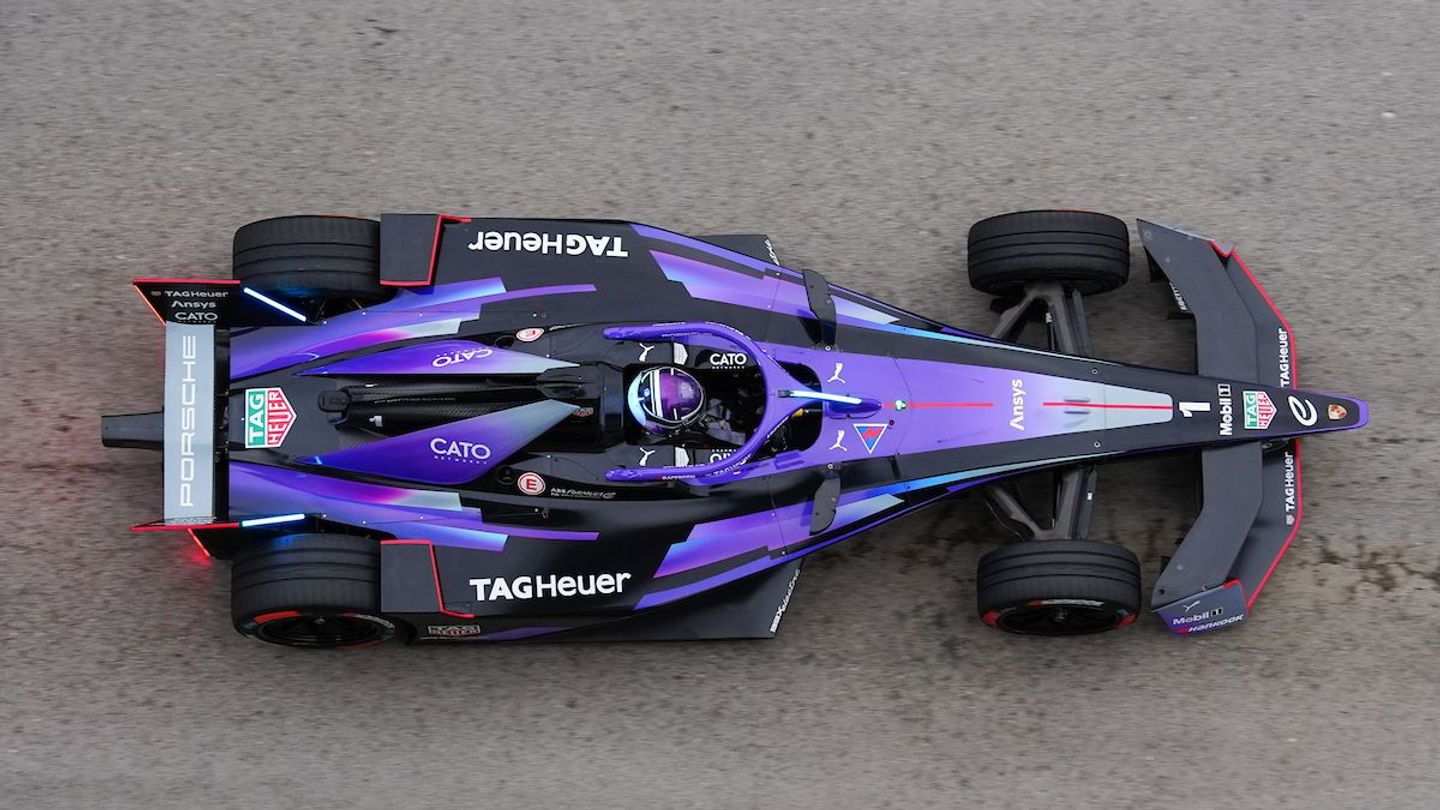
When it comes to motorsport, the debate between Formula 1 and Formula E often centers around which is more challenging. Formula 1 has long been celebrated as the pinnacle of motorsport engineering, with the fastest cars, complex technologies, and the best drivers. Formula E, on the other hand, brings its own set of unique demands, thanks to its electric powertrains and the tight, unforgiving street circuits it often races on. But which series truly puts drivers to the greater test?
Different Race Circuits, Different Challenges
One of the most notable differences between Formula 1 and Formula E lies in the types of circuits they race on. Formula E’s calendar is dominated by street circuits, with nine of its 16 races held on these tight, challenging tracks. Unlike most of Formula 1’s street circuits, which are often wide with ample runoff, Formula E races on genuine street roads, where walls loom close, and runoff areas are minimal. This layout heightens the risk for drivers, making it all too easy to make costly errors. A mistake can mean lost track time, vital for developing setup confidence.
This stark contrast to Formula 1’s more open tracks changes a driver’s approach. For example, when there’s asphalt runoff, drivers can push harder, knowing that going wide won’t end their session. In Formula E, however, every corner demands precision and control. Drivers face high-pressure decision-making, knowing that any miscalculation could mean hitting the wall and losing valuable time for adjustments.
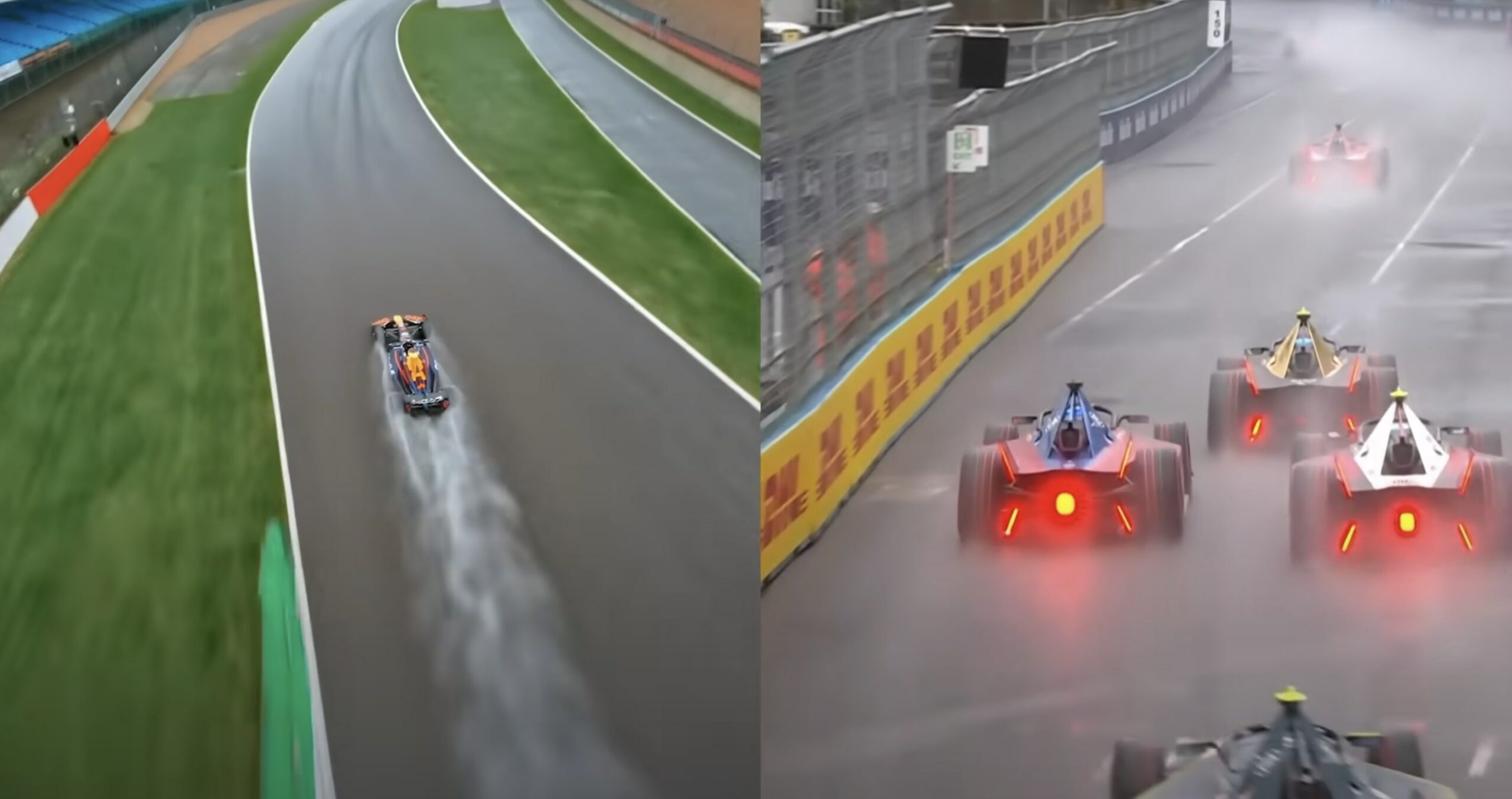
Time Constraints and Track Evolution
Another significant difference between the two series is the amount of practice time. Formula 1 drivers typically get three one-hour practice sessions to perfect their setups and understand tire performance. This generous track time helps teams fine-tune their cars for race day. By contrast, Formula E limits drivers to two 30-minute practice sessions, challenging them to find an optimal setup in less time, often on unpredictable street circuits.

Track evolution adds another layer of complexity for Formula E drivers. As one driver noted, on a circuit like Diriyah, conditions changed so rapidly that lap times improved by up to 12 seconds from the start of practice to the end of qualifying. Sand, dirt, and other factors can drastically alter track grip, making it difficult for drivers to establish consistent braking points or optimal lines. This ongoing evolution means drivers must constantly adjust their approach, relying more on feel and adaptability than precise reference points.

Qualifying Formats: From Banker Laps to High-Stakes Duels
Formula 1’s qualifying format, with multiple sessions (Q1, Q2, and Q3), gives drivers multiple chances to post competitive lap times. They can set a “banker lap” to fall back on, gradually pushing harder as they gain confidence in the car and track. Formula E’s format is more intense. Drivers are divided into groups for an initial qualifying session, followed by head-to-head “duels” for the top eight drivers, culminating in a final battle for pole position.
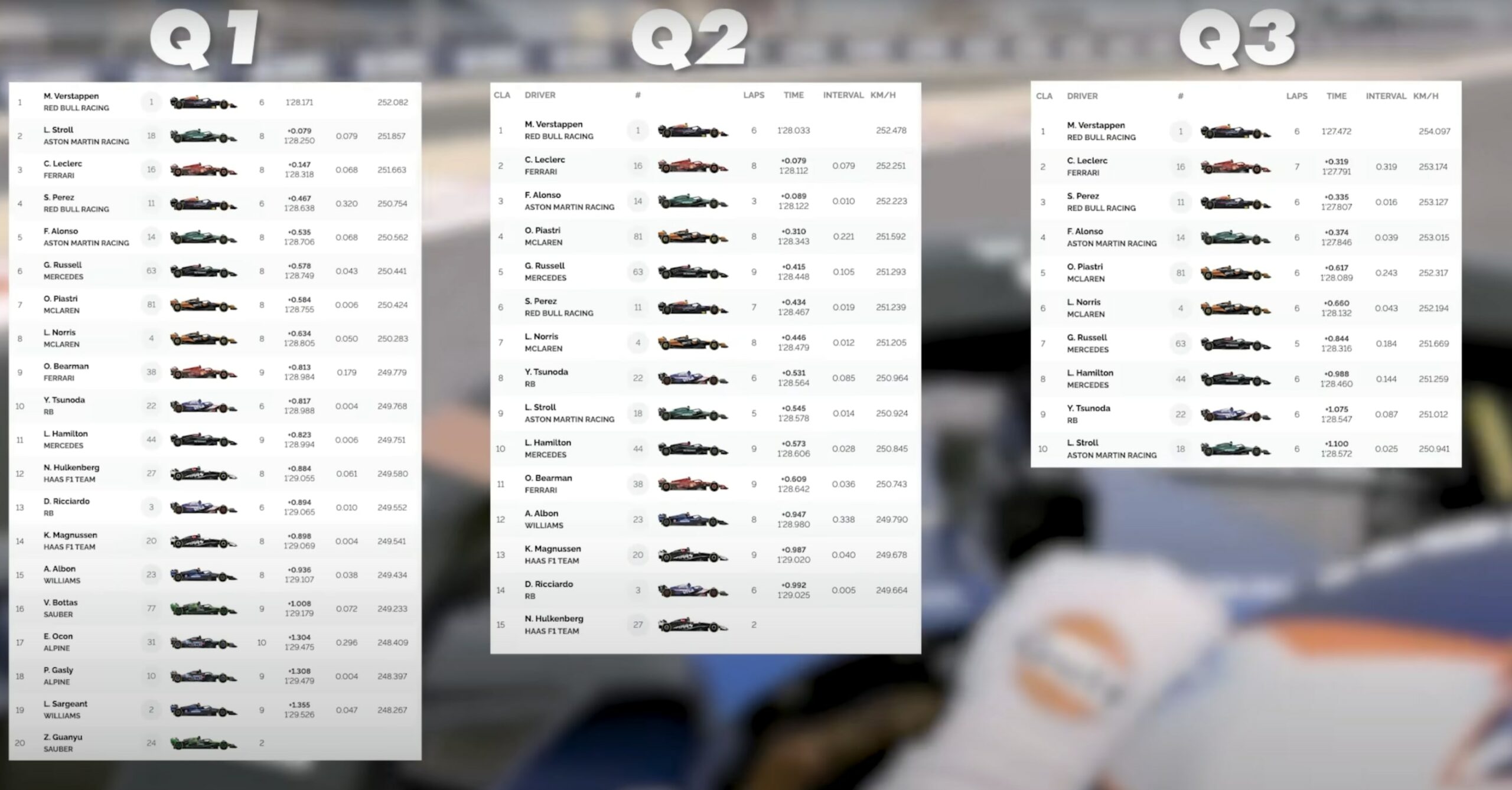
In the duels, power output increases from 300 to 350 kW, shifting braking points and cornering speeds. This increase means drivers must adapt quickly to a car that’s suddenly faster and more challenging to control, amplifying the need for precision and skill. Unlike F1, where drivers can make multiple attempts, Formula E drivers only have a single lap to get it right, adding to the mental challenge.




Car Characteristics and Driver Techniques
The technical differences between Formula 1 and Formula E cars also impact how challenging they are to drive. Formula E cars are heavier, with less downforce than their F1 counterparts. This weight and reduced aerodynamic grip mean drivers must wrestle with the car more, especially on tight street circuits. Without the high-tech aerodynamics of F1, Formula E cars are prone to sliding through corners, requiring drivers to manage power carefully to avoid losing control.
Additionally, Formula E’s treaded tires offer less grip but are more durable, allowing drivers to push harder without the risk of overheating. This tire design encourages close racing, with drivers constantly fighting for control. In F1, where slick tires offer immense grip but can degrade quickly, drivers need to manage tires carefully to maintain performance.

So, Is Formula E Harder Than Formula 1?
The question of which series is more challenging ultimately comes down to the different demands each places on its drivers. Formula 1 cars are faster, more aerodynamic, and demand precise control, especially on tracks where even minor errors can lead to lost time. Formula E, however, challenges drivers with tighter circuits, fewer opportunities to fine-tune setups, and unpredictable track conditions. This combination of factors makes Formula E less forgiving and pushes drivers to rely on instinct and adaptability.
In the end, both series require incredible skill and precision. Formula 1 may be faster, but Formula E brings its own unique challenges that test drivers in different ways. For motorsport fans, the variety of these challenges only adds to the excitement, making each series a showcase of skill, strategy, and endurance.




